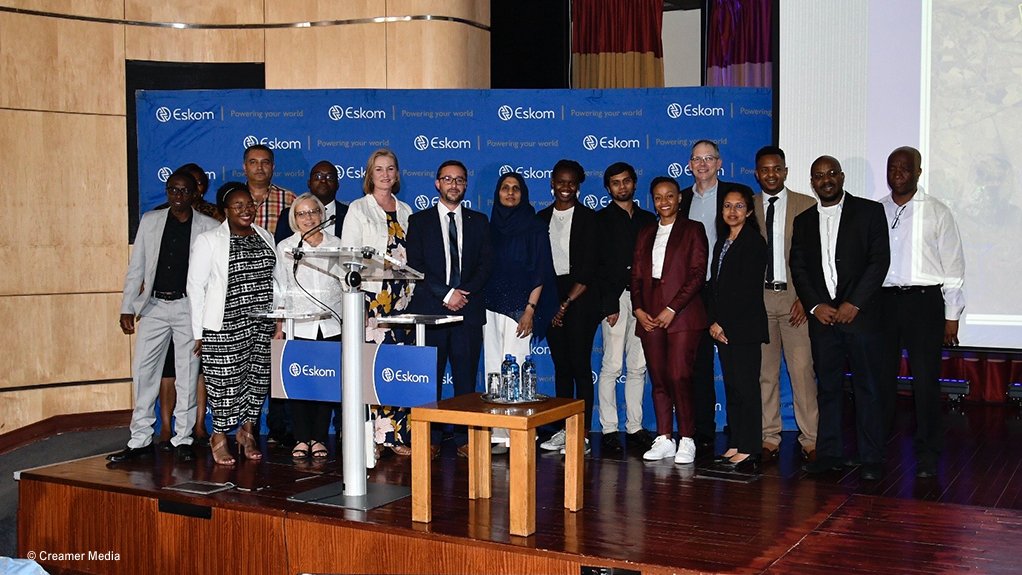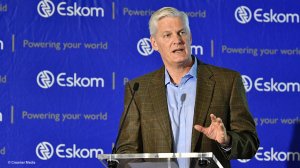Four independent power producers have been named as successful bidders for the lease of grid-ready Mpumalanga land, which is being made available by Eskom as part of efforts to accelerate the development of wind, solar and storage projects in the province – investments that should, in time, help lower the risk of loadshedding and provide new employment and business opportunities in the region as coal plants are decommissioned.
The entities identified as having secured the 25- to 30-year property leases for parcels covering a total of 6 184 ha of land near the Majuba and Tutuka coal stations are HDF Energy South Africa, Red Rocket, Sola Group and Mainstream Renewable Power Developments South Africa.
The bidders, which were selected following a competitive process initiated in April, are now expected to finalise comprehensive feasibility studies to determine which technologies, and at what scale, they will build on the sites.
In addition, they will need to secure private offtakers for the electricity, which will not be bought by Eskom and will, thus, attract no National Treasury guarantee, as is currently the case for the utility-scale projects procured under the government-run Renewable Energy Independent Power Producer Procurement Programme.
Instead, the private generators will sign bilateral power purchase agreements (PPAs) with private offtakers, and the projects should, thus, pose little or no financial risk to taxpayers or Eskom.
However, Eskom will consider contracting with some of the projects for the provision of ancillary services.
USE IT OR LOSE IT
The final technology mix and size of the projects is yet to be determined, but Eskom CEO André de Ruyter stressed that the leases included a “use-it-or-lose-it” clause so as to ensure that the utility retained some control should projects fail to meet certain developmental milestones over the coming months.
Speaking at a signing ceremony, De Ruyter expressed confidence that the inaugural leasing of Eskom land would result in the development of wind and solar projects with a combined capacity of at least 2 000 MW over the coming 24 to 36 months, as well as the development of some battery and hydrogen storage capacity.
One of the successful bidders, HDF Energy, of France, indicated that it was aiming to deploy a hybrid facility combining solar photovoltaic with hydrogen production and storage in Mpumalanga, noting that it was in the process of developing a similar facility in Namibia.
Another developer, Red Rocket, indicated that it was considering integrating battery storage with the solar plants earmarked for the land parcels near Tutuka to be leased to it by Eskom.
The electricity would also be wheeled across the Eskom grid, generating revenue for the cash-strapped utility from existing assets in the province.
It was also confirmed that Eskom would be issuing new tenders for other land parcels every quarter and that up to 30 000 ha could eventually be made available.
The next phase, to be initiated in the coming months, will focus on properties around the Kendal and Kusile power stations in Mpumalanga, as well as the retired Ingagane power station in Newcastle, KwaZulu-Natal.
Efforts would be made, with the assistance of Operation Vulindlela, to ensure that various land-use and environmental authorisations were secured on an expedited basis that projects could proceed as soon as possible.
“By making Eskom land available close to the power stations, where there is sufficient grid capacity, we have taken an innovative step to find the quickest way possible and within our scope of influence to boost the country’s generation capacity,” De Ruyter said.
EMAIL THIS ARTICLE SAVE THIS ARTICLE ARTICLE ENQUIRY
To subscribe email subscriptions@creamermedia.co.za or click here
To advertise email advertising@creamermedia.co.za or click here













